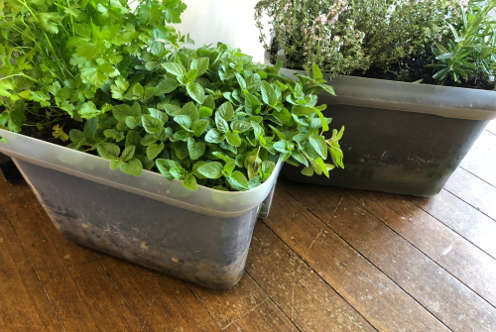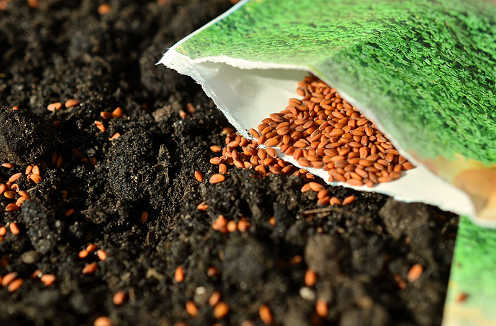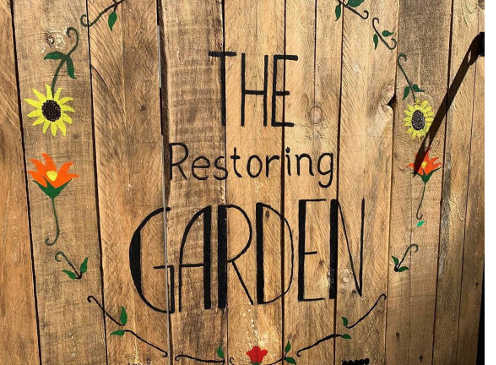Related resources

Wicking beds are a sustainable and effective means of growing your favourite plants while reducing water-use.
Gardening tips

Vegetables are some of the easiest plants to grow – all you need is good soil, containers, drainage and fertilisers
Gardening tips

Gardeners often express to us the benefits they experience when they are connecting with their gardens.
Gardening tips

